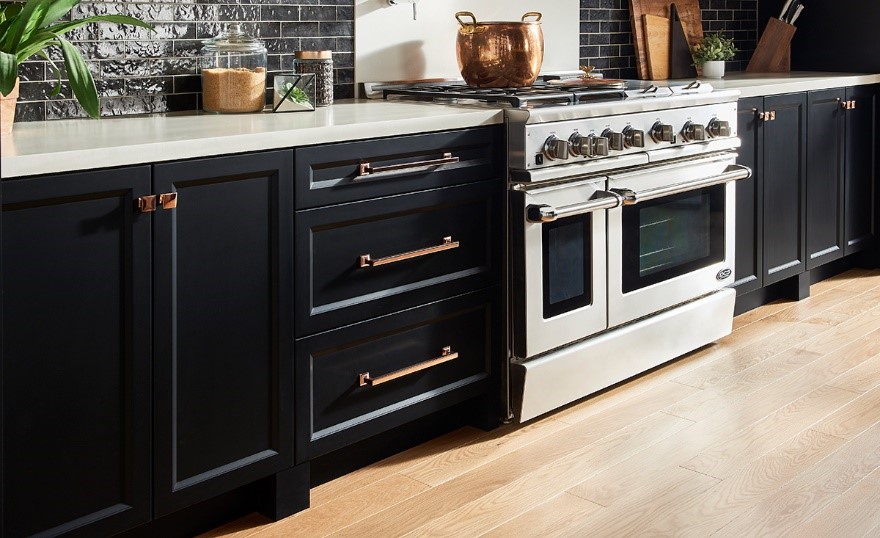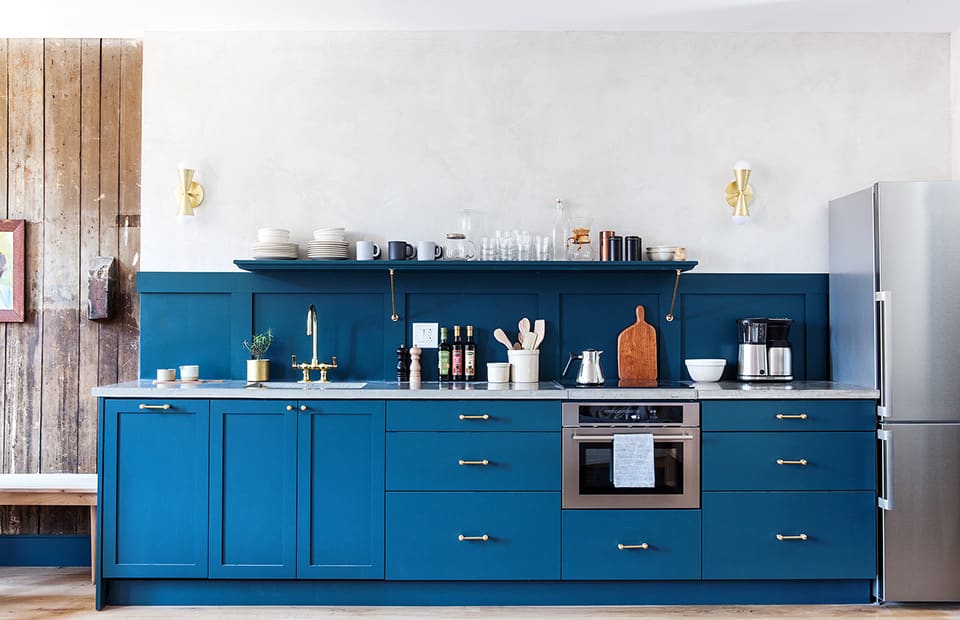Essential Steps to Fixing Thermofoil Cabinet Issues
Thermofoil cabinet doors are a popular choice in modern kitchens due to their sleek appearance, durability, and affordability. However, they are not without their problems. Over time, these doors can develop issues such as peeling, bubbling, and discoloration. Understanding the essential steps to fixing these common problems can extend the life of your cabinets and keep your kitchen looking fresh and attractive. This guide provides a comprehensive approach to thermofoil cabinet door repair, ensuring you can tackle these issues effectively and efficiently.
Understanding Thermofoil Cabinets
Before diving into the repair process, it’s important to understand what thermofoil cabinets are and why they might develop issues. Thermofoil is a type of vinyl that is applied to medium-density fiberboard (MDF) using heat and pressure. This creates a durable, easy-to-clean surface that mimics the look of painted wood. However, the adhesive used to bond the thermofoil to the MDF can weaken over time, especially when exposed to heat and moisture, leading to common problems like peeling and bubbling.

Common Issues and Their Causes
Peeling: This occurs when the adhesive fails, and the thermofoil starts to separate from the MDF core. It is often caused by prolonged exposure to heat from appliances or direct sunlight.
Bubbling: Bubbles form when air or moisture gets trapped under the thermofoil layer, typically due to poor bonding or exposure to humidity.
Discoloration: Over time, thermofoil can discolor due to UV exposure or the use of harsh cleaning chemicals.
Essential Steps for Thermofoil Cabinet Door Repair
- Peeling Thermofoil Repair
Tools and Materials Needed:
Heat gun or hair dryer
Contact cement or wood glue
Clean cloth
Smooth flat object (e.g., credit card or spatula)
Clamps (optional)
Step-by-Step Process:
Heat the Area: Gently heat the peeling area with a heat gun or hair dryer. This softens the adhesive, making it easier to reattach the thermofoil. Be cautious not to overheat, as excessive heat can damage the thermofoil.
Reapply Adhesive: To ensure the process aligns with Green Building Programs, apply a thin layer of contact cement or wood glue to both the MDF and the underside of the thermofoil. Allow the adhesive to become tacky as per the manufacturer’s instructions.
Press and Smooth: Carefully press the thermofoil back onto the MDF, starting from the center and moving outwards to avoid air bubbles. Use a smooth flat object to ensure the surface is even and the bond is tight.
Clamp if Necessary: If the area is large or the bond needs extra strength, use clamps to hold the thermofoil in place until the adhesive cures fully. Wipe away any excess glue with a clean cloth.
- Bubbling Thermofoil Repair
Tools and Materials Needed:
Needle or pin
Heat gun or hair dryer
Rolling pin or similar object
Step-by-Step Process:
Puncture the Bubble: Use a needle or pin to carefully puncture the bubble. This allows trapped air or moisture to escape.
Heat the Area: Gently heat the bubbled area with a heat gun or hair dryer to soften the adhesive.
Flatten the Bubble: Press the thermofoil back down using a rolling pin or a similar object, smoothing out the surface and re-bonding the thermofoil to the MDF.
- Discoloration Repair
Discoloration is often more challenging to fix and may require professional intervention if the damage is extensive. However, for minor discoloration:

Cleaning: Use a gentle, non-abrasive cleaner to remove any surface stains.
Painting: If the discoloration is beyond cleaning, consider painting the entire door. Lightly sand the thermofoil surface, apply a primer suitable for plastic surfaces, and then paint with a high-quality paint.
Preventive Measures
To extend the life of your thermofoil cabinets and reduce the need for repairs, consider these preventive measures:
Heat Protection: Install heat shields or protective barriers between heat-generating appliances like ovens, dishwashers, and home heating systems and the thermofoil cabinets.
Proper Cleaning: Use mild, non-abrasive cleaners to avoid damaging the thermofoil surface. Avoid harsh chemicals that can weaken the adhesive bond.
Regular Maintenance: Periodically inspect the cabinets for early signs of peeling or bubbling and address them promptly to prevent further damage. While many thermofoil cabinet door repair can be handled by homeowners, some situations may require professional assistance. If the peeling is extensive or the bubbling covers large areas, it might be more effective and time-efficient to consult a professional. Additionally, if the discoloration is severe and impacts the overall look of your kitchen, professional refacing or replacing the doors could be the best solution. Professionals have access to specialized tools and materials that can ensure a more durable and aesthetically pleasing repair. Investing in expert help can save you from repeated DIY repairs and ensure your cabinets look as good as new. For homeowners considering significant kitchen upgrades, exploring options for professional kitchen cabinet refacing might also provide an opportunity to refresh the entire space with new styles and finishes that enhance both functionality and design.
Ideas, requests, problems regarding TWiki? Send feedback
